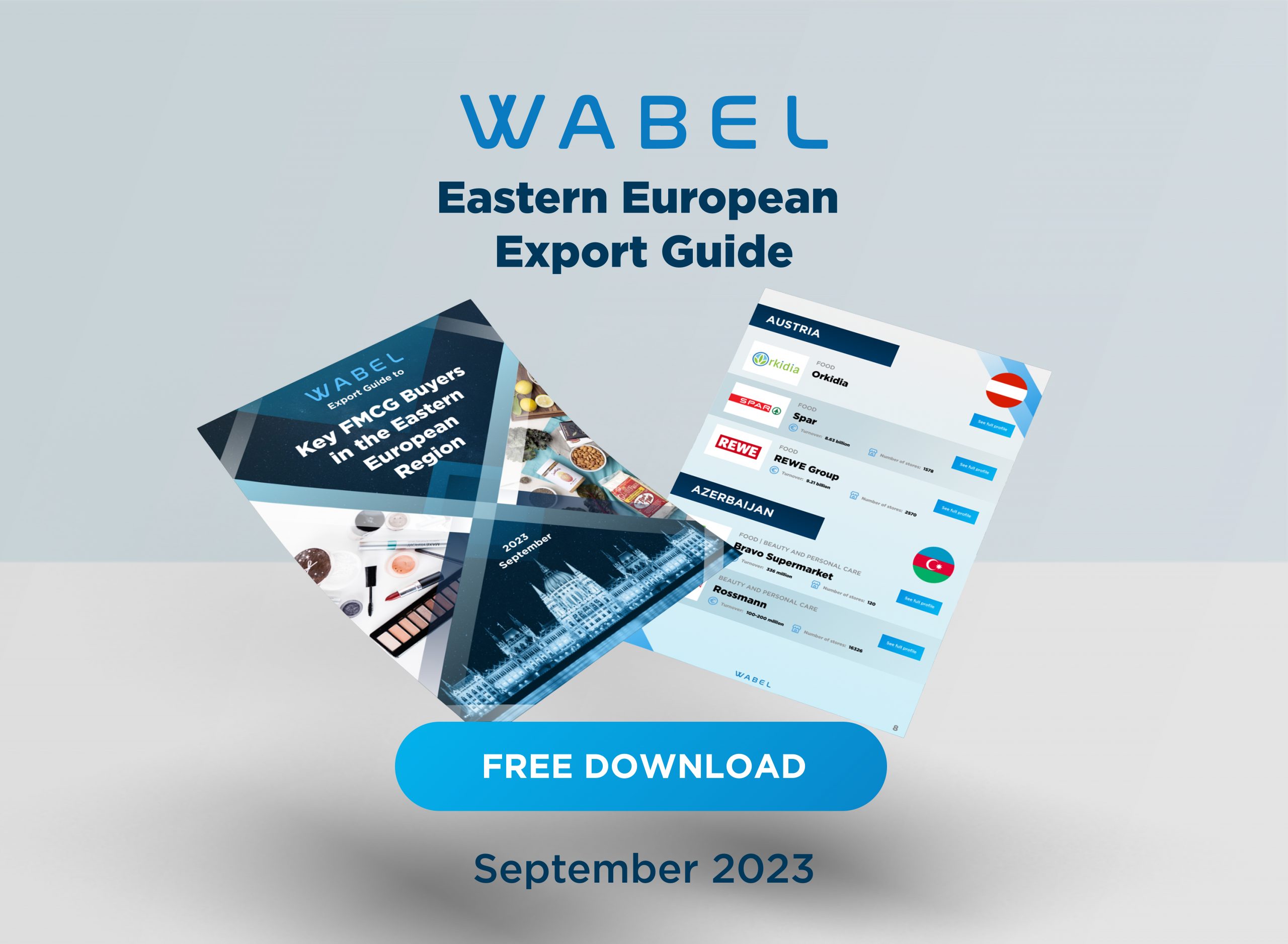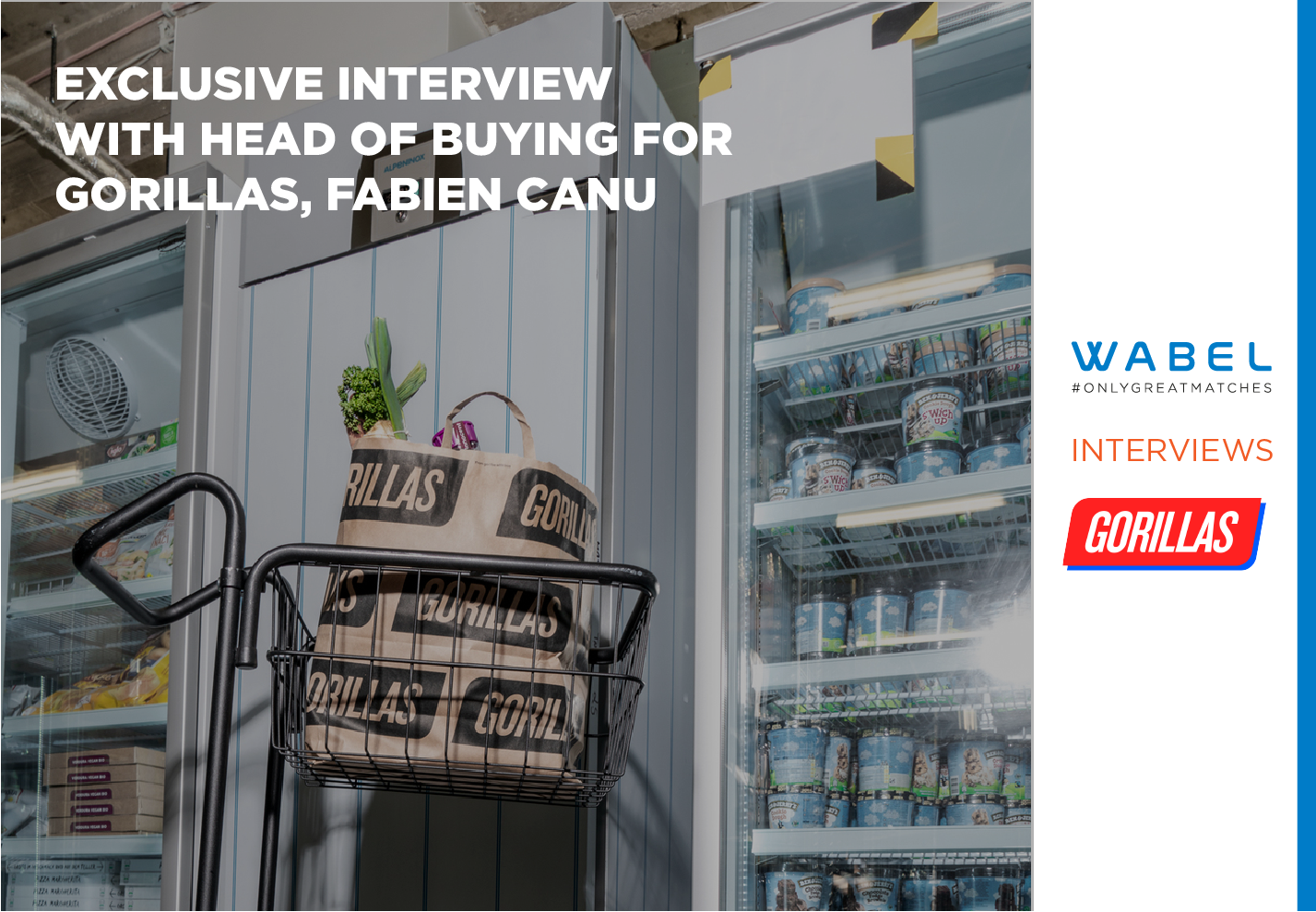How will the critical business function of procurement evolve in our increasingly complex global sourcing landscape?
KPMG gets to grip with the answer in their recent 2013 report FUTUREBUY: The Future of Procurement, 25 in 25: Delivering procurement value in a complex world‘.
For the report KPMG interviewed 25 Chief Procurement Officers from companies that represent ‘a spectrum of maturity level’.
They asked the executives: 1) what they believed procurement would look like in the year 2025; 2) how this evolution will occur; 3) the critical success factors that are required to achieve this vision.
The results suggest that “leading companies are pushing the boundaries of procurement to take on new, evolving roles that haven’t been traversed before", in a drive to be ‘all that it can be’ to both internal stakeholders and the supplier community.
‘FUTUREBUY as supplier coach’
Among the roles cited by KPMG in their findings is the notion of buyer as ‘supplier coach’ and his/her relationship with suppliers. Below Wabel shares some of the salient points extracted from the KPMG report.
The concept ‘supplier coaching’ suggests that procurement must not only select the best suppliers, but continue to oversee them, provide input for improvement, and promote their interests within the buying organization. Ensuring organizational commitment between the parties will become a foundation for supplier integration.
Depicting procurement in a supplier coach role has several implications associated with it.
- First, coaches are expected to act ethically in the best interest of their players. By improving the individual and helping them become the best, the entire team (for example, the supply chain) benefits.
- Second, coaches must recruit and select the best players from a larger population. “Best” in this case means those that have strategic capabilities, a collaborative attitude, and act with passion and trust.
- Third, coaches must often dedicate their time to those players on the ‘first string’. Organizations may have thousands of suppliers, but only a handful of these are strategic and merit attention. There will always be suppliers that are “carry-overs” from prior product histories, or were included at one time when the competitive environment was different. Supplier management involves knowing which suppliers to keep and which to develop.
- Coaches must understand the competition and help their players understand what they must do to win. As such, organizations need to continually push their suppliers to improve, hone their skills, influence technology road maps, and drive operational excellence in every dimension of their performance
Driving innovation
“Driving new ideas from suppliers into the business is an area where there is a lot of dialogue, but only a few companies are really achieving and making headway," concludes the report.
- As procurement matures, sources of supplier-led innovation will become more of a value driver than it is today.
- There is a need to build stronger relationships to tie procurement and R&D together, so they can align activities. Procurement is now part of every business unit, driving more end-to-end ownership of the process.
Supplier relationship management is ‘like a zipper’
- Management begins with CEOs and EVPs from the buyer and seller knowing one another, then down to the director level, and finally down to the operational level.
- When there is complete openness and understanding at all levels, you have achieved a virtual company.
- Pricing negotiation is no longer needed, as costing is based on should-costs driving the competitive position, understanding what profit margins are needed, and working together to achieve these goals.









